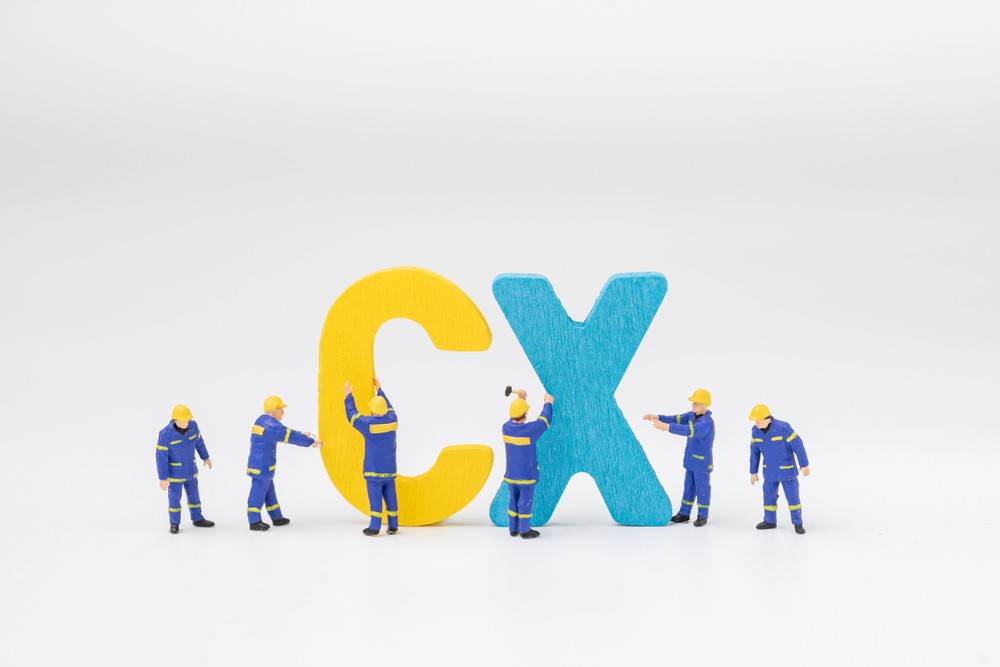A business that anticipates, responds to and solves an issue or requirement with speed and efficiency is one that works favourably in the eyes of a customer. Automation is now a huge part of an organisation’s workflow and processes, with businesses in the Channel able to successfully adopt technology and innovation to streamline and improve the customer experience.
The customer experience (CX) was rated as the second highest priority for the Channel in Agilitas’ Channel Trends Report 2024, and saw 82% of respondents suggest AI as the most impactful development over the next 12 months. From this, it is hardly surprising that CX looks to benefit from what automation and emerging technologies can offer, streamlining the total experience (TX) and increasing customer engagement and satisfaction.
Automation as a driver of the mundane
Automated systems, dataflows and analysis tools are designed to identify and complete mundane tasks, freeing up staff to take on more pressing duties. These tasks are prone to inconsistency and human error, with those completing them often dissatisfied in their roles, harming the overall TX, as well as negatively impacting valuable employee resources and time.
When employees harness the power of automation within their workflows, monotonous tasks are reduced, enhancing the overall working experience. This increase in satisfaction is often passed over to customers, with employees more likely to enjoy their roles. Additionally, this increase in operational efficiency highlights where there is free employee time, which can be used for upskilling and training, better servicing customers and allowing more time to be spent with them.
The need for consistent customer support
The Channel relies on repeat custom and customer loyalty, with 74% of global consumers wanting positive human interactions with businesses - this can come largely from consistency. This means they would be more likely to repeat purchases from organisations that provide great customer service. Consistent customer experience is, therefore, critical to customer loyalty and increasing a positive profile of the organisation.
Often the way an organisation responds to an issue is more impactful than the issue itself. By developing a consistent and effective customer service platform, enhanced by automation, a company can secure positive word of mouth between other potential customers and increase success in their business opportunities and leads.
Key considerations when implementing emerging technologies
While AI, automation, web 3.0 and the Internet of Things have all experienced rapid adoption, it’s important to proceed with caution. The correct investment must be made when it comes to organisations in the Channel for innovative solutions. A business should consider if platforms like AI chatbots are really what its customers want and how these might be used in relation to the customer journey. Keeping an overall strategy and end goal in sight ensures advances remain relevant and purposeful.
The benefits of increased efficiency and profitability are often passed onto the customer, and by embracing innovation, an organisation can identify inefficiencies and reduce operational costs. These savings are incredibly beneficial to Channel businesses and can help them develop a competitive edge. The importance of this saw 73% of customers were more likely to switch to a competitor when they have a bad experience with a brand.
Integration tools
Portals and deeply integrated tools help develop a defined level of innovation within an Channel organisation. Deep integration, whether that be in the form of automation, or through interconnecting and unified communications, helps to drive progress and connect the workforce, regardless of where they are located.
Working with integration helps an organisation to drive forward using data and provide proactive services. For the Channel, this can help organisations act proactively rather than simply reacting to customer needs. Instead of waiting for hardware to fail, innovative and data driven insights can alert teams, allowing them to understand and anticipate when the most opportune time is for hardware refreshes. By doing so, organisations in the Channel assist businesses in working smarter, resuming operations faster, providing insightful recommendations and identifying further industry trends.
The Channel Choice
The Channel Choice means technology should act as a driver, not a blocker, and whilst evolving is essential, it should be balanced with human interaction and support. True CX should support individual needs, with innovation playing a part in enhancing this to avoid customers feeling they must follow one path. Some may wish to have a phone call, or communicate via email – no matter their demographic or personal preference, all customers should feel happy accessing the services they want.
As the industry moves forward, a combination of both technology and human based contact is essential for customers. The CX is an important part of the TX, and without innovation, this experience cannot develop. In short, companies in the Technology Channel should consider the importance of how they can implement this technology without creating an overreliance on it.






